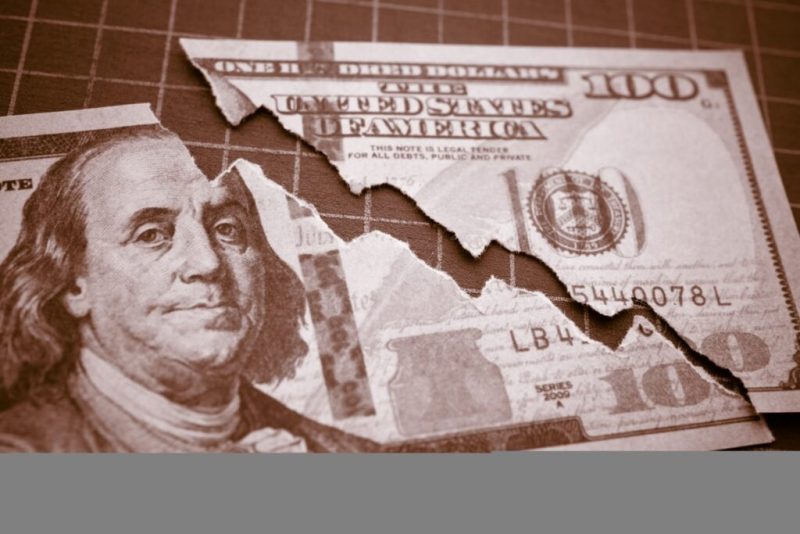
Major investment banks are revising their predictions about a US recession following a recent 90-day truce on tariffs between the US and China. This agreement, which involves reductions in tariffs on both sides, has led to a more optimistic outlook among economic analysts.
Goldman Sachs, for example, has lowered its probability of a US recession from 45% to 35%. Barclays has gone even further, completely ruling out a recession in their latest forecast. J.P. Morgan also joined the shift towards optimism, placing the likelihood of a recession at below 50%. These revisions are significant, signaling a shift in confidence regarding the US economy’s resilience.
The revised forecasts also affect predictions about Federal Reserve interest rate cuts. Goldman Sachs, for instance, now anticipates only three rate cuts in total – one in December 2025, and two more in March and June 2026 – instead of the three cuts it previously projected all within 2025. Similarly, Barclays and J.P. Morgan now expect just a single rate cut in December 2025. Citigroup also adjusted its forecast, moving the expected cut from June to July.
This wave of revised predictions isn’t limited to recession probabilities and interest rate cuts. Goldman Sachs also increased its year-end S&P 500 target from 5,900 to 6,100, citing decreased tariff-related risks as a key factor. This upward revision reflects the broader market sentiment shift towards greater optimism.
Despite this positive shift, some analysts remain cautious. While the tariff truce is a welcome development, concerns persist about the broader economic climate and the need for sustained positive developments to fully alleviate recessionary fears. The fact that Google searches for “Are we in a recession?” are at near record highs highlights the ongoing public anxiety surrounding the US economy. China, while agreeing to the tariff pause, has reiterated its opposition to coercive trade practices, suggesting that future trade relations could still present challenges.
In summary, while the 90-day tariff agreement between the US and China has injected a dose of optimism into Wall Street’s economic outlook, the situation remains fluid. Continued positive developments and a sustained period of economic stability will be crucial to solidify the shift away from recessionary fears.










